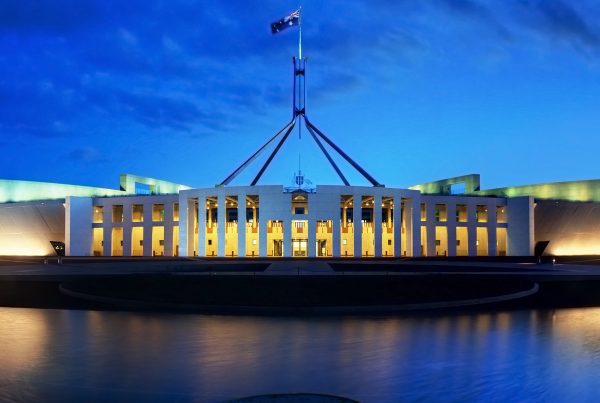The difficulty with the Carbon Tax is distilling fact from political rhetoric, plus learning the new “Climate Change’ language (emissions, offsets, equivalents, sinks, taxes, ETS’s, cap-and-trade, etc..).
This is the way the Australian Government describes Carbon Offsets:
Carbon offsets represent abatement of greenhouse gases which is achieved by:
- reducing or avoiding emissions, for example, through capture and destruction of methane emissions from landfill or livestock manure, or
- removing carbon from the atmosphere and storing it in soil or trees, for example, by growing a forest or reducing tillage on a farm in a way that increases soil carbon.
They are usually purchased and used by individuals or companies to cancel out or ‘offset’ the emissions they generate during their day-to-day life or normal course of business, for example, by consuming electricity or catching a plane.
Carbon offsets can be used to offset emissions voluntarily or to meet regulatory requirements.
Then there is the way Wikipedia describes it:
A carbon offset is a reduction in emissions of carbon dioxide or greenhouse gases made in order to compensate for or to offset an emission made elsewhere.
Carbon offsets are measured in metric tons of carbon dioxide-equivalent (CO2e) and may represent six primary categories of greenhouse gases.[5] The categories include: carbon dioxide (CO2), methane (CH4), nitrous oxide (N2O), perfluorocarbons (PFCs), hydroflourocarbons (HFCs), and sulfur hexafluoride (SF6).[6] One carbon offset represents the reduction of one metric ton of carbon dioxide or its equivalent in other greenhouse gases.
Image: http://andersabrahamsson.typepad.com/blog/2009/10/bad09-go-for-good-carbon-offset-to-drive-sustainability-innovation.html






